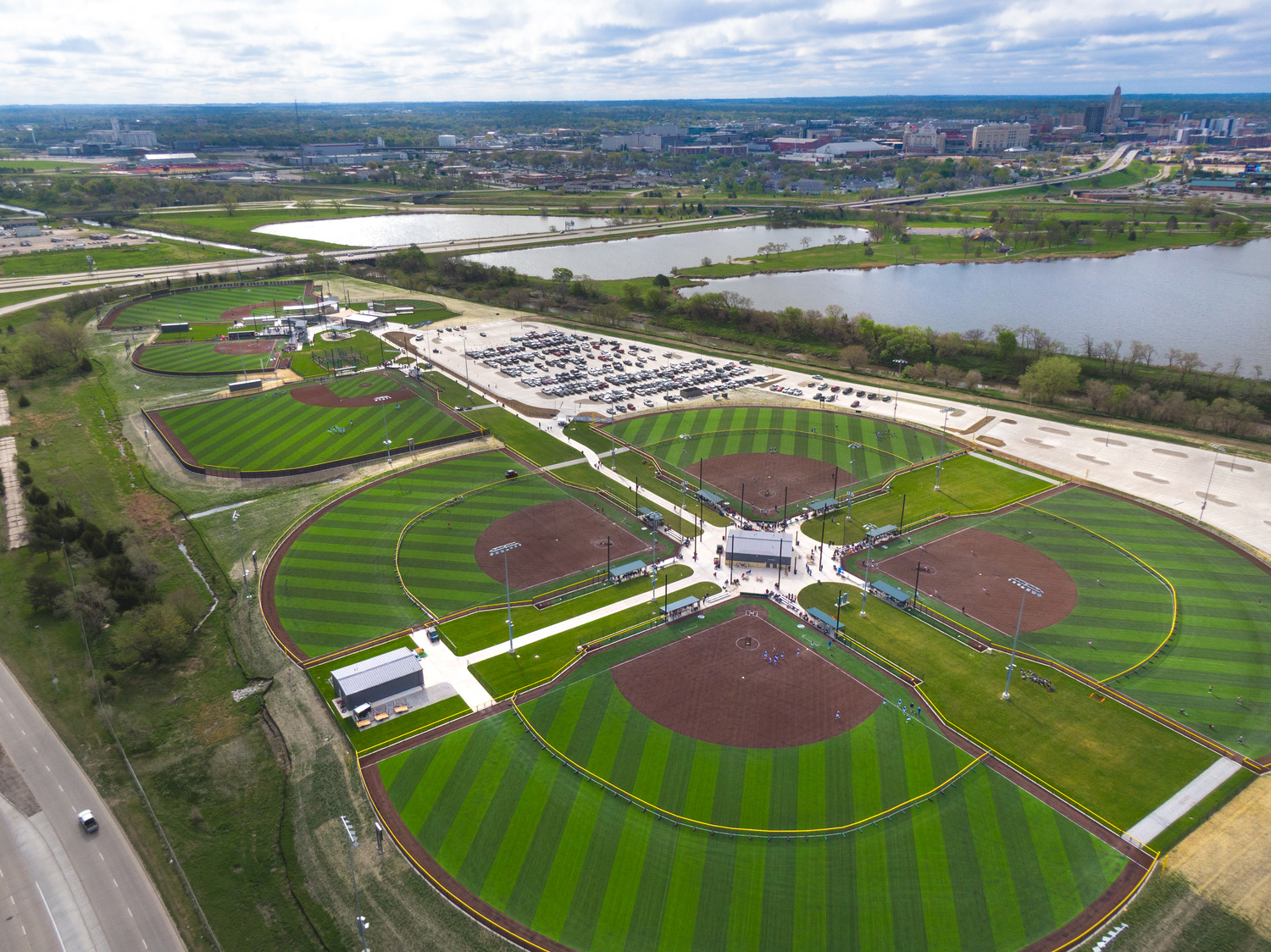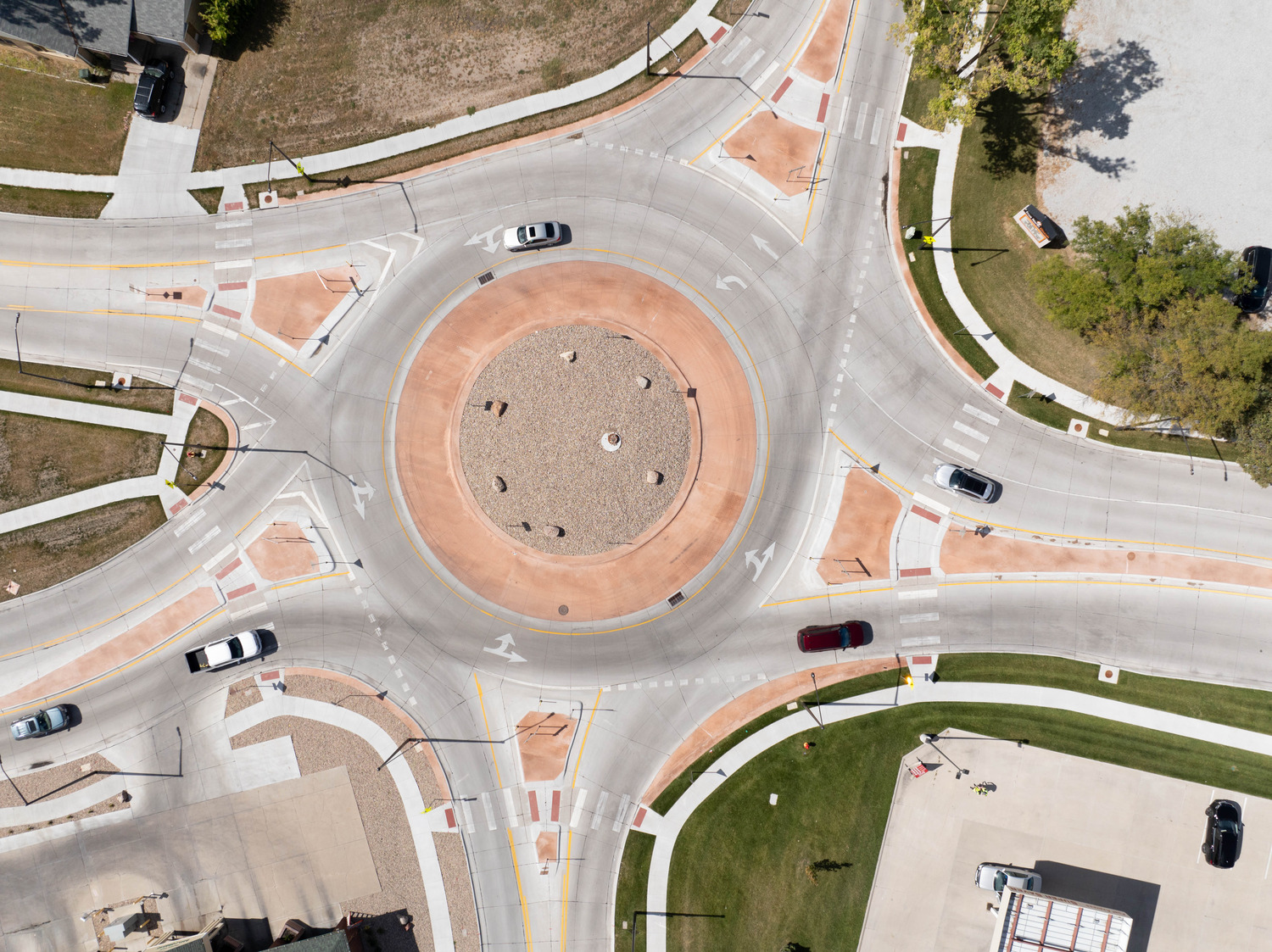It’s rare to read a hopeful headline about bats these days.
Dire news seems to constantly accompany the little winged mammals so integral to our ecosystems. Disease and habitat loss have caused severe population declines for many of North America’s 45 bat species.
But at least one endangered bat appears to be making a comeback. In the late 1980s, the lesser long-nosed bat was thought to number fewer than 1,000 individuals. Conservation efforts have helped restore the bat to a population of roughly 200,000 today, according to the U.S. Fish and Wildlife Service (USFWS).
The work to save an endangered species can succeed.
Now, USFWS guidelines have identified bridges and culverts as habitat for several other declining bat species This change could affect planning and timelines for rail and other transportation projects, though impacts can be lessened or avoided with advanced planning.
Project developers have long been required to check for endangered bats before removing trees from a work site. Many bat species spend their days roosting in trees during warm months before flying off to hunt insects at night.
In response to new data, USFWS guidelines now specify bridges and culverts as suitable roosting sites for the endangered Indiana bat and northern long-eared bat. The two species have overlapping ranges that encompass much of the eastern U.S.

We expect the number of affected states will increase in coming months with the pending listing of the tricolored bat as an endangered species. The range of tricolored bats includes the eastern U.S. and several central and western states, including Texas, Oklahoma, Kansas, Nebraska, Colorado, Wyoming, and New Mexico.
The new bridge and culvert guidelines have the potential to affect railway, highway, road, and street projects. We have recently written reports for our rail clients explaining how to plan for the regulations in their project areas.
The protected bats, along with other bat species, are declining because of white-nose syndrome, a disease that disrupts normal hibernation patterns. Habitat loss represents another challenge.
Field research has shown that protected bat species use bridges and culverts to roost, rest, rear their young, or hibernate. The guidelines, which are updated each year, are intended to protect bats from incidental take.
The guidelines prescribe steps to take when assessing potential species impacts. These steps include determining whether a project meets the following criteria:
• Lies within the range of a protected bat.
• Involves potential habitat.
• Could adversely affect the identified habitat.
• Is under construction during the bat’s active season.
The guidelines list several techniques to survey for the presence of protected bats in trees, in culverts, or under bridges. These guidelines include visual inspection; detecting sound and smell; observing the emergence of the species at sunset; and acoustic recordings of bat call sequences.
Surveys must be performed by qualified biologists from May 15 through August 15.
The guidelines can restrict construction activities that affect habitat during the months when bats are most active. Below are the current restricted periods:
• April 1 through October 31 in northern states.
• March 15 through November 15 in southern states.
• Potentially year-round for some species in southern states.
Our biologists and natural resources planners have specialized training and hold the federal permits required to conduct all types of surveys for listed bats. We recommend clients reach out for consultation as early as possible so we can help plan the best course of action.

































.avif)





































.avif)



























